May 4, 2018
Beans and Macaroni. Pasta è Fagioli. Even Pasta Fazool to quote Dean Martin.
It’s a classic combination and there are as many variations as there are cooks! (Google returned 6,300,000 entries for “beans and macaroni,” 588,000 for “pasta è fagioli,” and 57,900 for “pasta fazool!”)
This is my interpretation of Aunt Margie’s, which she made with chickpeas.
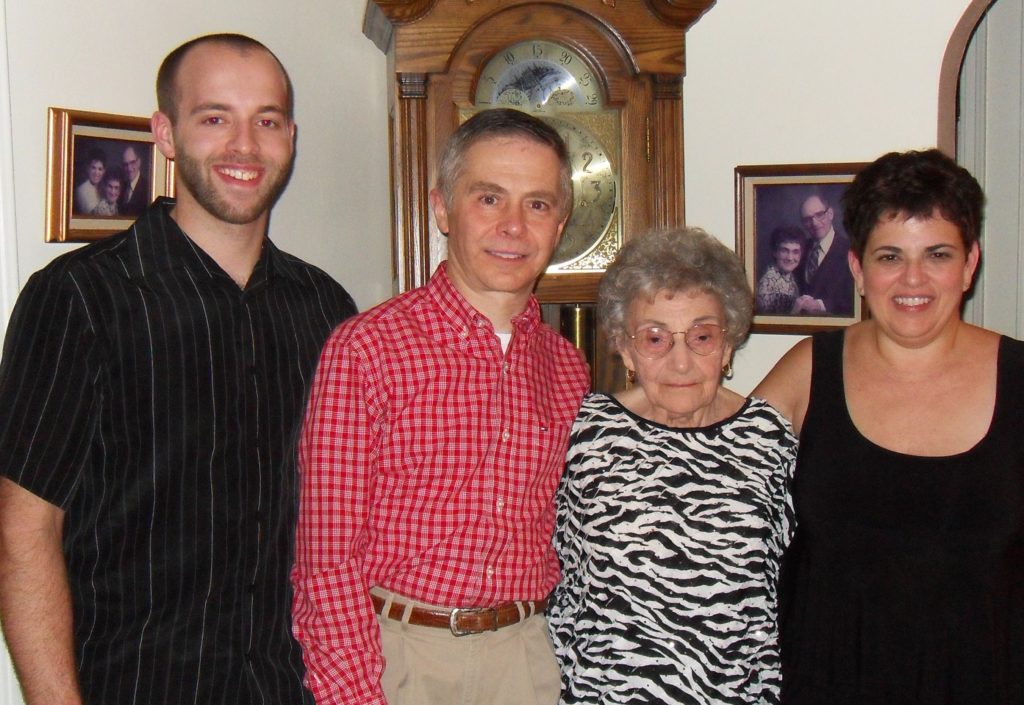
It couldn’t be more different from my mother’s which was made with baby lima beans.
Aunt Margie’s was made with water and oil. My mother’s had tomato sauce.
Follow us on your social media platform of choice
Aunt Margie’s was quite soupy. My mother’s was just slightly “saucy.”
They grew up in the same house and learned to cook from the same mother. I wish I had thought to ask either of them where their respective recipes came from and why they were so different.
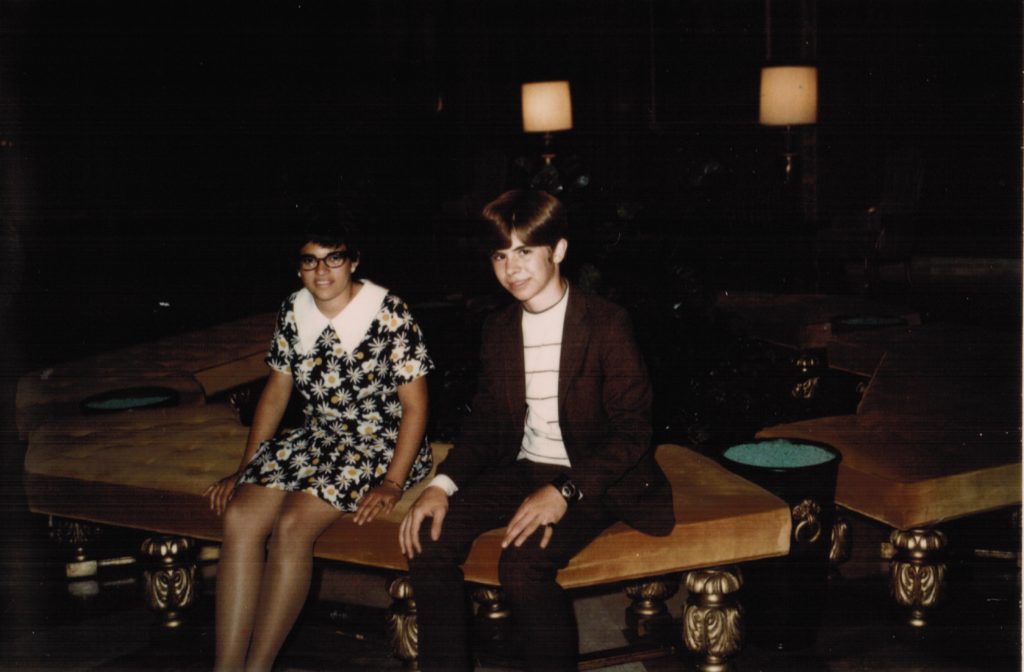
One thing that both versions had in common, though, is that they were frequently served on Fridays, which our families observed as meatless back then. (When Fridays were no longer meatless, my father joked that it was because the Vatican sold its fisheries.)
But Friday or no, pasta è fagioli, or, in this case, more specifically pasta è ceci (ceci means chickpeas), is consummate comfort food. Admittedly, pasta è fagioli does not need to be meatless but it very often is. (Actually, I made a non-meatless version earlier this week with guanciale, cured pork jowl.)
Click HERE to join our mailing list and you’ll never miss a recipe again!
Aunt Margie and Uncle Joe were like second parents to me. I spent many (most?) summer days at Aunt Margie’s, getting there in the morning and staying until dinnertime or later. My cousin, Donna, is nine months younger than I am. Her neighbor Ricky Slivosky is nine months younger than she is. The three of us hung out pretty much all summer. That made Aunt Margie’s house the logical choice.
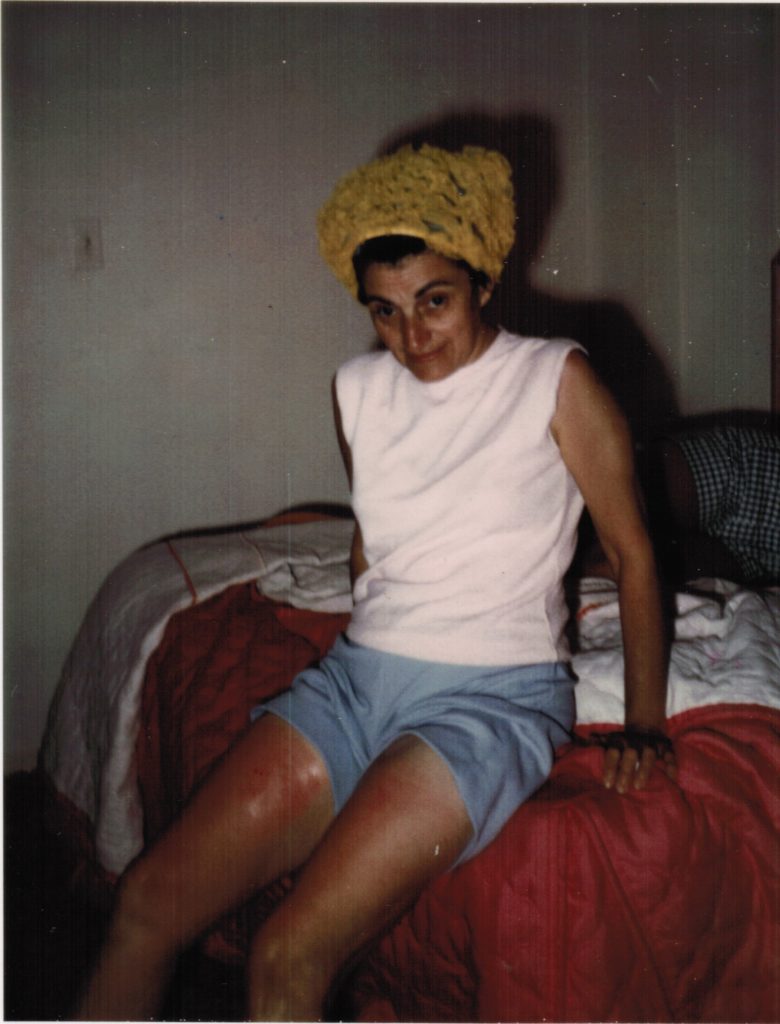
Our families often vacationed together. Florida was a favorite destination. Once every 5 years Uncle Joe had 13 weeks of vacation (ahh, the glory days of American steel manufacturing…and collective bargaining). Those years were likely to include a trip to California.
Aunt Margie really didn’t like vacations. Several times I witnessed what I believe was an annual ritual. Uncle Joe would be loading the suitcases in the trunk of the car and Aunt Margie would be standing beside him still trying to convince him to cancel the vacation. Aunt Margie never won.
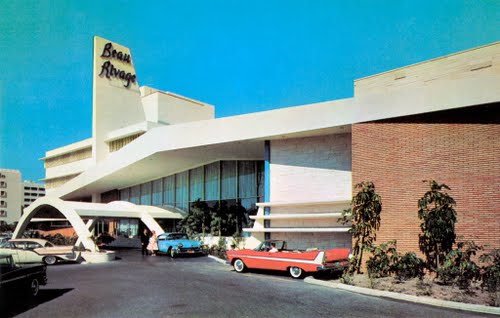
Those vacations were always by car; two days to Florida and four days to California. Aunt Margie ate the same lunch every day of every trip: bacon, lettuce, and tomato sandwiches on white toast, hold the mayo. Only after we reached our destination did she resume a “regular” diet!
We always had fun and even Aunt Margie seemed to enjoy herself (a minor episode of seasickness, notwithstanding).
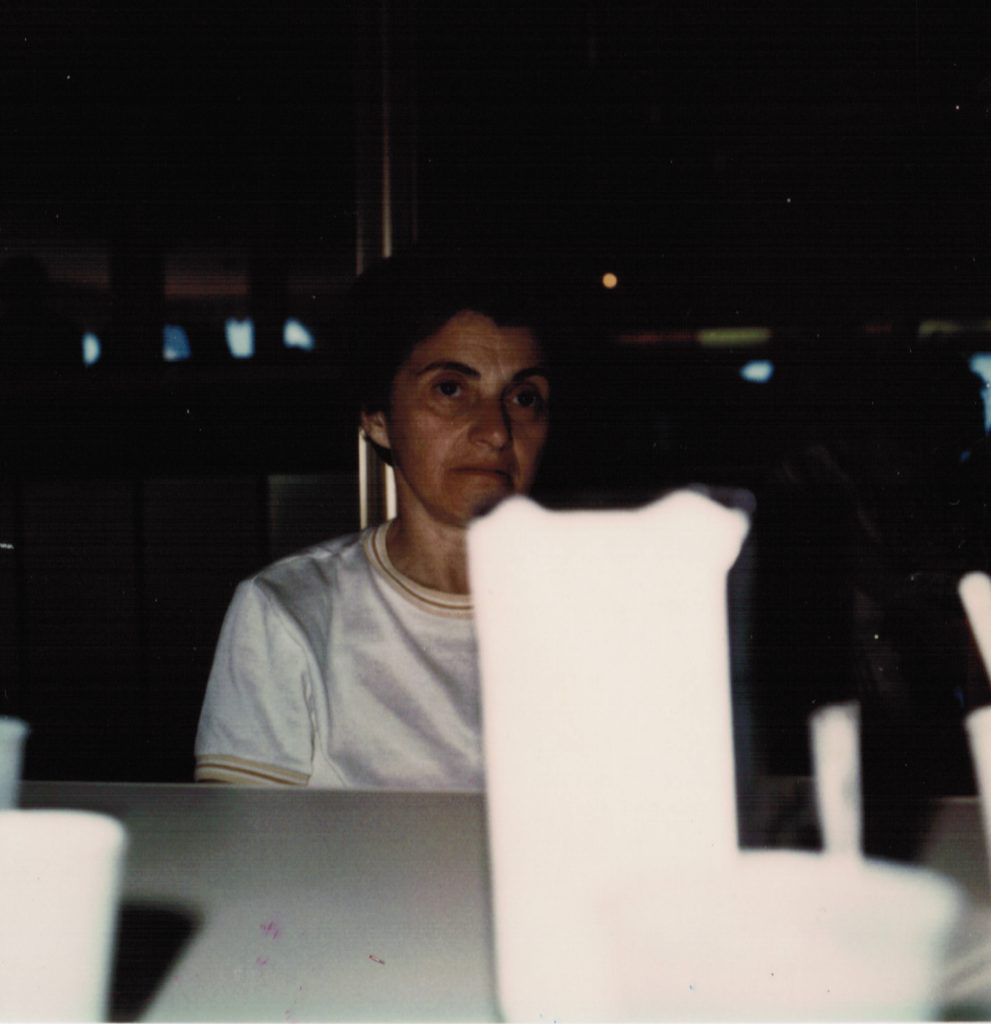
My father didn’t always go on vacation with us due to his work schedule. He made it on the 1970 trip to Florida, which included several days in the Bahamas which we reached by boat from Miami. The only food memory I have of that trip is going to an Italian restaurant in Freeport where the garlic bread was so garlicky that it was bitter. The food itself must have been pretty good as we went back again. Unfortunately, the garlic bread was just as bad the second time around.

| Prep Time | 10 minutes |
| Cook Time | 45 minutes |
| Servings |
people
|
- 1 pound ditalini or other very small dry, cut pasta
- 3 1/2 cups cooked dry chickpeas or two 15 to 16 ounce cans
- 1/3 cup dry white wine
- 1/2 onion finely diced
- 1/3 teaspoon dried oregano
- 4 cloves garlic bruised
- 1/3 cup extra virgin olive oil
- 1/2 cup Pecorino Romano cheese grated, plus more for serving
- 1/4 cup extra virgin olive oil
- salt to taste
- black pepper freshly ground to taste
Ingredients
|

|
- Measure out three cups of chickpea-cooking liquid or use the liquid from canned chickpeas adding water to make three cups.
- Combine chickpea liquid, white wine, diced onion, oregano and black pepper in a Dutch oven large enough to hold the cooked pasta comfortably. Bring to a boil and simmer approximately 20 minutes, until the onion is tender.

- Meanwhile, brown the garlic in 1/3 cup of olive oil over gentle heat.


- When the garlic is brown, remove it and reserve the oil.
- Cook the pasta in two quarts of heavily salted, boiling water until the pasta retains just a little crunch at the very center.

- Reserve at least two cups of the pasta-cooking water.
- Pour some of the remaining pasta-cooking water into the serving bowl to warm it while proceeding with the recipe.
- Drain the pasta and immediately add it to the seasoned chickpea-cooking liquid along with the chickpeas.

- Add the garlic-infused oil and salt and black pepper to taste.
- Simmer gently, covered, until the pasta is just al dente. Add some of the reserved pasta-cooking water as needed.
- When the pasta is al dente, add more of the reserved pasta-cooking water, if necessary, to make a slightly soupy mixture.
- Remove from the heat.
- Stir in the Romano cheese and 1/4 cup of olive oil to create a glossy sauce.

- Add a bit more of the pasta-cooking water if needed to thin the sauce as the combination of cheese and olive oil will create an emulsion that will thicken the sauce.
- Taste and adjust salt and pepper.
- Serve immediately with additional freshly grated Pecorino Romano cheese.

Copyright © 2018 by VillaSentieri.com. All rights reserved.


This is an interesting variation, and sounds tasty to me. Mine was a “pasta fazool” family, and we usually included sausage and some greens (I like swiss chard). This is a superb one dish Winter meal.
It was always vegetarian for us, and no greens, but one of my (non-family) favorites is orecchiette pasta with sausage, red kidney beans and broccoli. Another combination is spaghetti (!) with red beans, lots of garlic and oil, and escarole. This is from a former co-worker’s Sicilian grandfather. It’s slated to be posted in the coming months.
This was fantastic. I haven’t had this since my mother was with us like 25 years ago. The pasta water was the trick. Thank you for posting this.
Thank-you! Bringing back memories is a major reason that I write this blog.